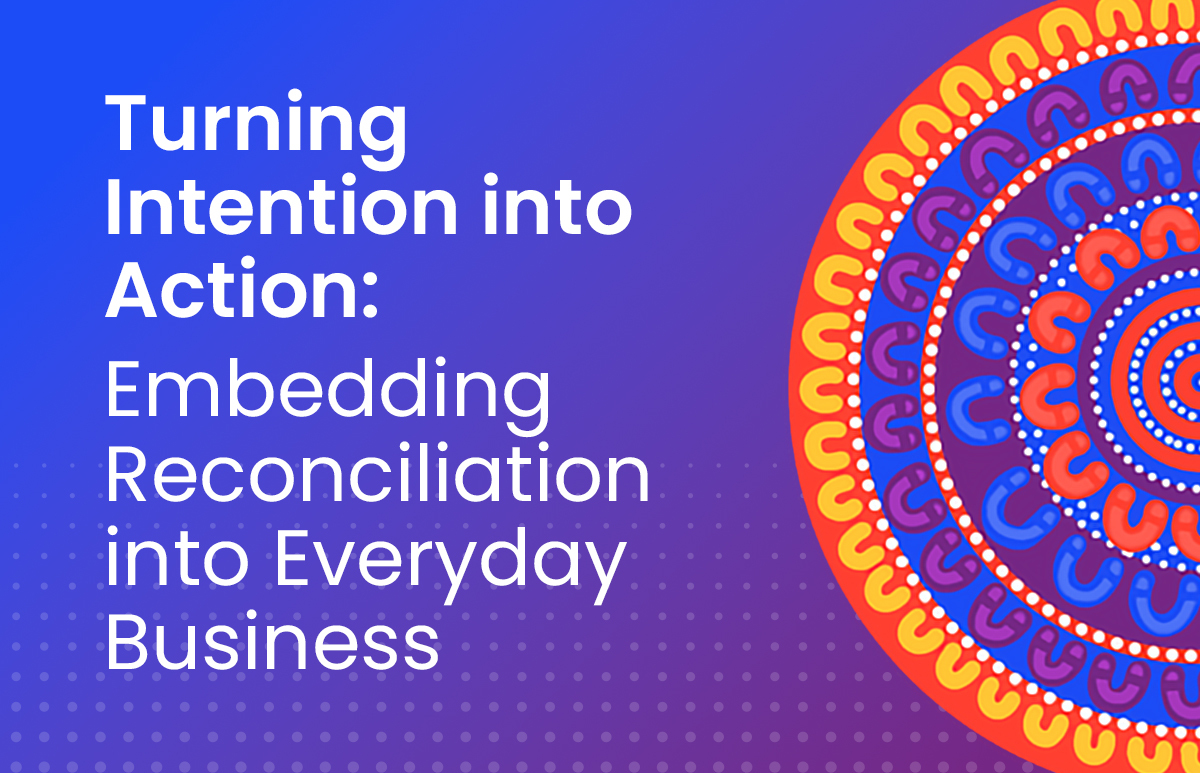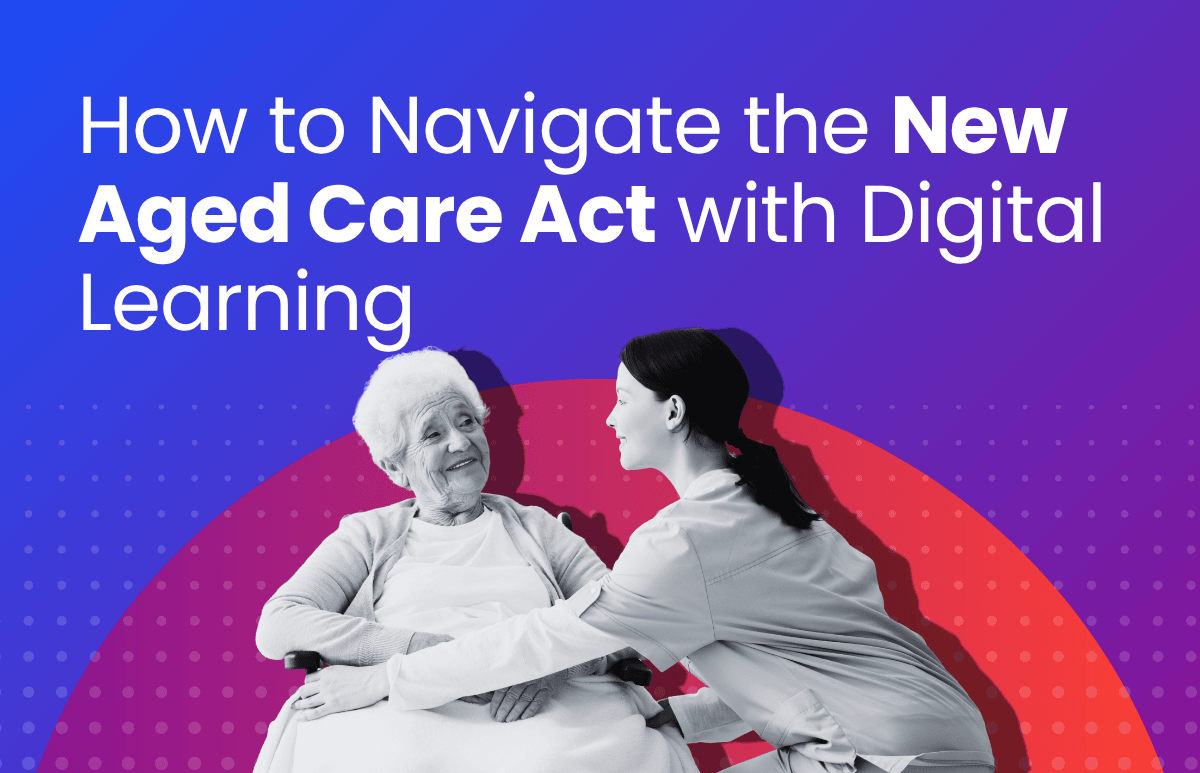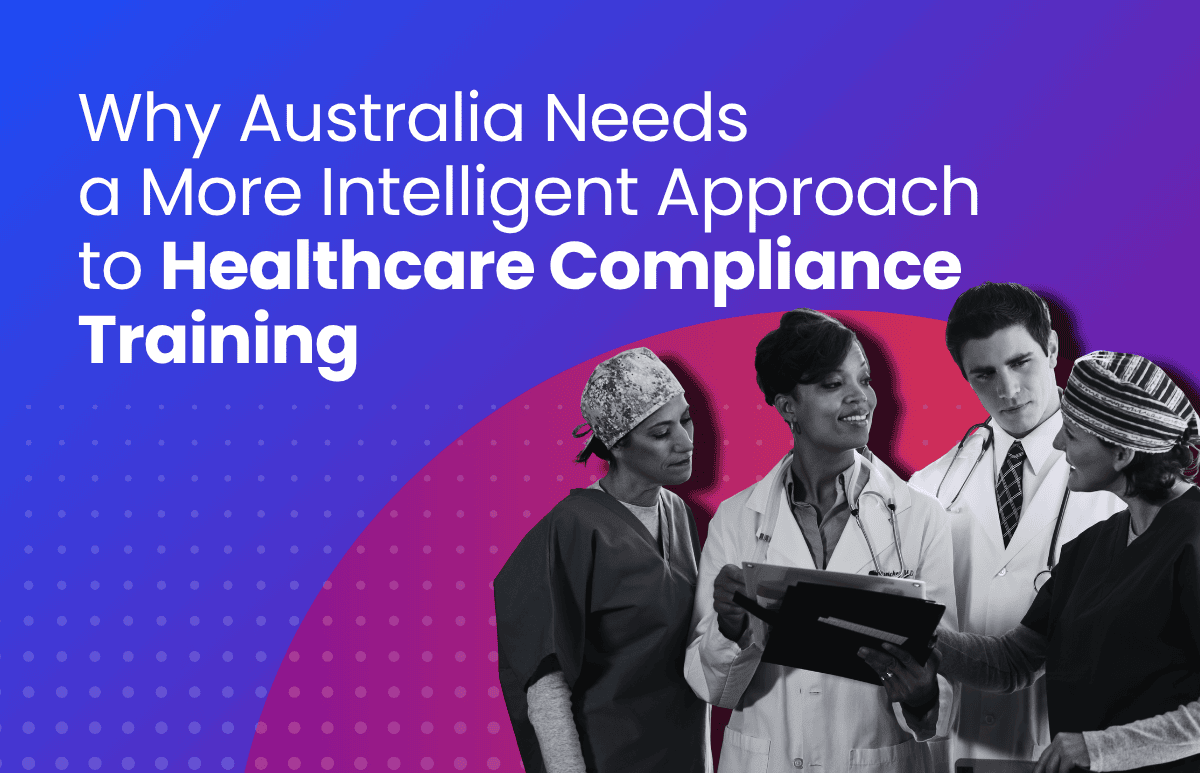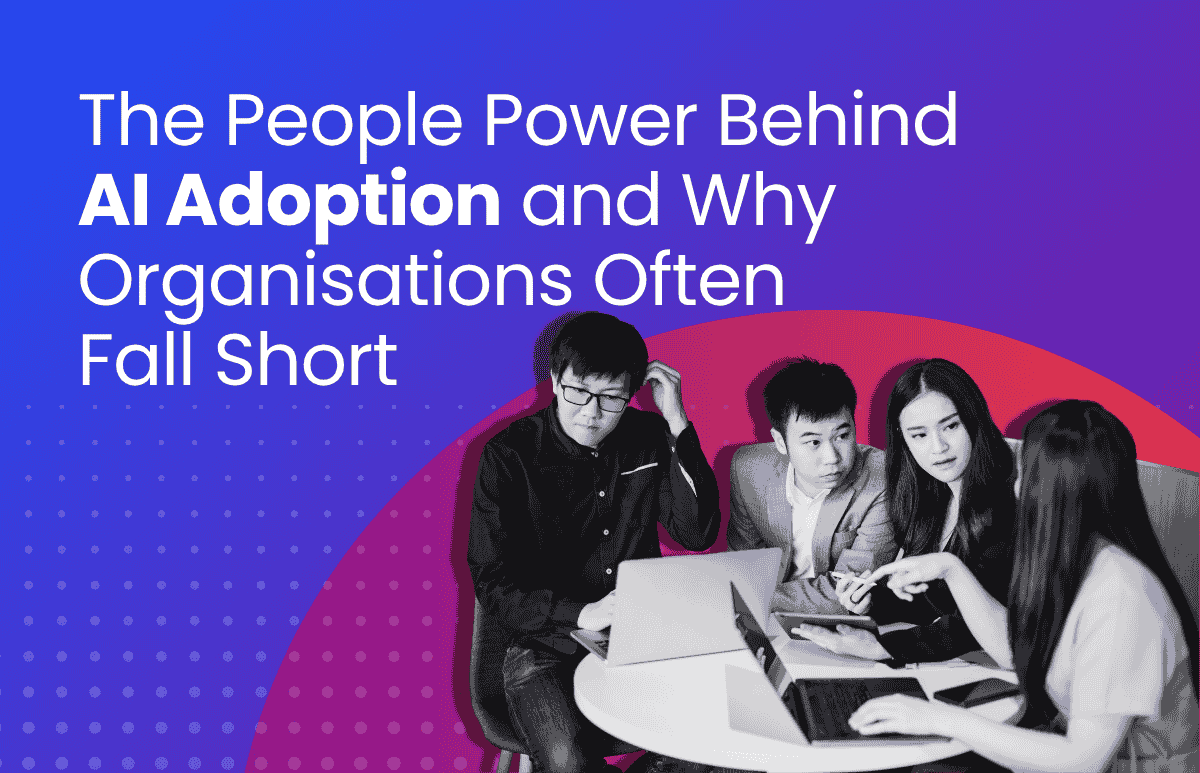Turning Intention into Action: Embedding Reconciliation into Everyday Business
At ELMO Software, we want to empower organisations to create meaningful, measurable change through people. Our recent Reconciliation Action Plan (RAP) event, moderated by Helen Tran, ELMO’s Head of People and Culture, Business Partnering and a proud Wiradjuri woman, brought together an inspiring panel of leaders to explore how to turn intention into action through RAPs and First Nations strategies.

We were lucky to be joined by an expert panel of women, all pioneers for First Nation inclusion and development in their workforce. Claire Beattie (NAB), Daniella Dickson (PwC), and Yatu Widders Hunt (Cox Inall Ridgeway) shared their experiences leading real change inside large and complex organisations across both private and public sectors. Together, they offered an honest look at what it takes to move beyond symbolic gestures and embed First Nation strategies into business strategy, leadership, and daily operations.
1. Strategic Alignment and Authenticity
A RAP has impact only when it changes how an organisation actually operates. As Helen noted, the most powerful RAPs are those aligned to an organisation’s purpose. For ELMO, that means transforming our vision into “unleashing the impact of Aboriginal and Torres Strait Islander peoples.”
Benchmarking is a critical first step—it helps you see how your organisation is structured, what your staff (including First Nations employees) expect, and what the broader community needs. Too often, organisations rush to make public commitments without first asking where they’re uniquely placed to make a difference.
Authentic alignment means embedding reconciliation in a way that complements what your business already does, making it natural, not forced. That begins by listening—not just within your walls, but by talking directly to the community. These conversations act as a mirror, helping you shape a vision that’s grounded in respect, partnership, and purpose.
Helen reminded us that reconciliation should be viewed as a strategic priority, not just a moral one. With Claire adding it should be part of business-as-usual, “just a normal step in a normal day.” When integrated into a company’s DNA, reconciliation becomes not just the right thing to do, but the best practice thing to do.
2. The Power of Co-Design and Partnership
For true reconciliation to take place, First Nations voices must be involved in matters that impact or apply to them from the very start, not after decisions have been made, and not with the full responsibility placed solely on them. When this is done well, a RAP doesn’t just become a document that gets actioned; it becomes part of the fabric of an organisation. As Claire noted, “we’re in a relationship, and that’s what reconciliation is—we’ve entered a relationship. We can work together so that it’s not about pointing fingers or taking blame, but being truthful and making that relationship a safe space for understanding to grow.”
A critical requirement is involving First Nations voices not just for consultation, but for leadership. Yatu emphasised that the journey must start with benchmarking, understanding where your organisation is, what your staff (including First Nations employees) expect, and what the broader community needs. Many organisations rush to commit to actions before taking the time to reflect on how they’re structured, where they’re uniquely placed to make a difference, and how to embed genuine ambition into their reconciliation initiatives.
Daniella shared PwC’s experience of evolving their 15-year RAP journey through co-design, bringing together clients, First Nations experts and community members to shape a shared strategic framework. The result: actions that are meaningful, measurable, and aligned to purpose.3. Overcoming Challenges and Embedding Change
It’s important to continually review your RAP, and it should evolve as the business evolves. A RAP is a living commitment. Even well-established RAPs can falter when leadership changes. The key to sustainability, according to Daniela, is to connect RAP actions to the core business strategy. When reconciliation delivers operational and business value, it endures.
Yatu also spoke to the need for bravery: “You can’t always be right, but you can always be respectful.” Fear of mistakes often stalls progress, but reconciliation is a collective learning journey, not a checklist.
4. Measuring Real and Authentic Impact
The panel spoke about how reaching ‘Elevate status’ (the last stage in a Reconciliation project) is not the finish line; it’s the starting point for continuous, authentic measurement.
Claire shared practical metrics for embedding accountability:
- Workforce Targets: Measure attraction, retention, and diversity of thought. If First Nations employees aren’t staying or applying, ask why.
- Procurement Targets: Partner with First Nations owned suppliers for everyday needs, from office supplies to catering.
- Financial Outcomes: Use outcomes-based budgeting to show the tangible ROI of reconciliation.
Alongside these hard measures, Yatu stressed the importance of tracking the “softer stuff”, respect, inclusion, and the quality of relationships. Storytelling plays a vital role here, ensuring First Nations voices lead their own narratives of impact.
Why It Matters for ELMO
At ELMO, reconciliation is both a responsibility and a reflection of who we are as a business. Our purpose, to unleash the impact of HR, extends beyond our technology. It’s about shaping workplaces that are fair, inclusive, and culturally safe for everyone. Embedding reconciliation into how we operate is a natural progression of that purpose.
Internally, this means leading with integrity, accountability, and respect. Our RAP is not a standalone initiative; it’s a commitment woven into our culture, our governance, and the way we engage with our people and partners. It challenges us to think deeply about the systems we build and the influence we hold, and to ensure our actions reflect the kind of Australia we want to help shape.
Externally, our role is amplified through the power of our platform and our customer base. ELMO serves thousands of HR professionals, business leaders, and executives who drive people strategies across Australia and New Zealand. By sharing knowledge, stories, and best practices from First Nations leaders and experts, we aim to help our customers navigate their own reconciliation journeys with confidence and care.
Through thought leadership and education, we’re using our voice to highlight the power and impact of reconciliation—not just as a moral imperative, but as a catalyst for stronger, more connected workplaces. Because when HR leads the way, real change happens.
The Path Forward: Reflection, Commitment, and Courage
The panel closed with clear next steps for any organisation looking to advance its reconciliation journey:
- Reflect and Commit – Begin with truth-telling and allocate resources—time, money, and accountability.
- Embed in BAU – Make reconciliation part of your core processes, from procurement to recruitment.
- Strengthen Governance – Ensure RAP working groups include both Indigenous and non-Indigenous staff and report directly to the CEO.
- Measure Authentically – Link KPIs to retention, procurement, and outcomes-based budgeting.
- Be Ready to Learn and Adapt – Mistakes are inevitable; respect and reflection must guide the journey.
The message is clear: Reconciliation is everyone’s business.
By sharing knowledge and creating accountability, organisations can move beyond intention, and together, build a more reconciled Australia.
Further resources:
We’ve also developed a 7-step checklist to help embed Reconciliation into your organisation. You can download it here.
Reconciliation Australia
Supply Nation – Understanding the social value created by Indigenous businesses and its contribution to Closing the Gap
ELMO RAP artwork by Natalie Abrahams, Create Ripples.
 HR Core
HR Core 









